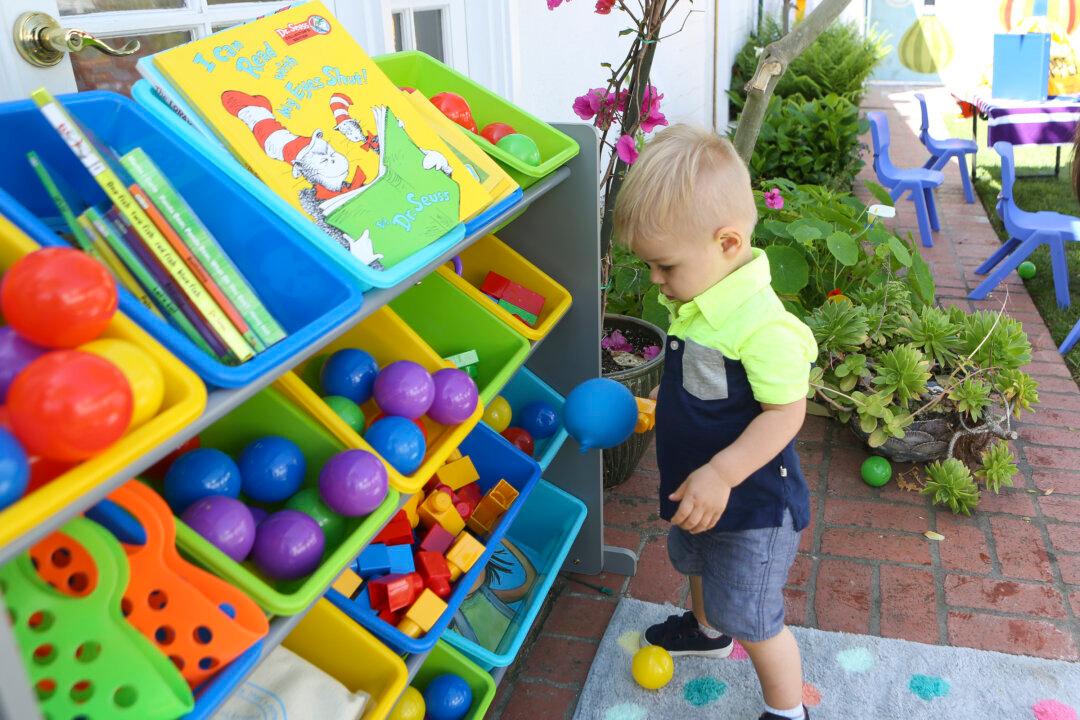The first phase of a study released by the First 5 Orange County Children and Families Commission has found that the California county had a significant shortage of child care even before the COVID-19 pandemic started.
The Orange County Child Care Landscape Analysis, released on Oct. 7, was compiled from information collected between November 2019 and February 2020—but the report also noted that the COVID-19 pandemic has had “severe impacts” on the county’s child care system, including closed programs and reduced capacities.





